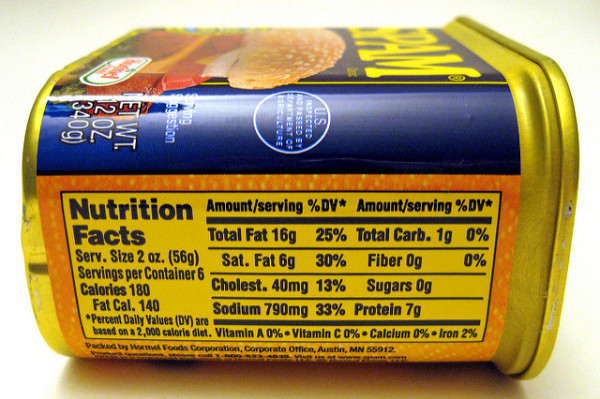Why is figuring out what’s in your food so confusing? Nobody can opt out of eating, and we shouldn’t need a degree in nutrition to decipher food packaging and ingredient lists. So what do all of the grocery store buzzwords mean, and how can people shop and eat more confidently?
The first thing to know is that a number of common labels have no legal definition. According to the US Federal Drug Administration, ‘Natural’ and ‘All-Natural’ are not officially defined, but they may be used to label foods that do not contain artificial flavors, added color, or synthetic substances. According to a Huffington Post article, this gray area has created a lot of loopholes. In the past few years, there have been over 200 lawsuits filed against food companies who falsely claimed that their products were natural. Even genetically modified products (also known as GMOs, or genetically modified organisms) can carry the label, which is especially concerning when you consider the fact that two-thirds of consumers are unaware that natural does not imply GMO-free.
Image Source: Bloomberg
‘Local’ is another buzzword that remains undefined. Depending on the producer’s interpretation, local may mean 400 miles, 200 miles, or 100 miles away. Additionally, distance traveled only makes up a small part of a food product’s carbon footprint, or the total amount of carbon dioxide released as the food is produced, stored, and transported. Although many consumers seek out local foods in an effort to reduce environmental impact, shopping ‘locally’ may not be as significant as people think.
Two more confusing buzzwords highlighting a food’s environmental impact are ‘humane’ and ‘sustainable’. A 2014 report by the Animal Welfare Institute revealed that the US Department of Agriculture (USDA) was approving most environmental and animal welfare labeling with no more than a statement from the producer. While more than 90% of consumers believed that these claims should be verified, 80% of the labels were supported by no evidence.
It’s not all bad news for consumers, however. The USDA Organic label is verified by the USDA’s Agricultural Marketing Service, and producers must follow a strict set of rules banning synthetic pesticides, chemical fertilizers, GMOs, growth hormones, and antibiotics. On top of this, livestock must be fed non-GMO feed and have year-round access to the outdoors. Although some contest the allowance of non-synthetic pesticides, the USDA certification is generally reliable and consumer-friendly.
Amidst all the label confusion, what can consumers do to feel good about their choices? The best tip is to be skeptical of labels altogether. How often do you see foods that are actually all natural plastered with labels telling you so? If you can, stick to foods that are as close to their original form as possible, like bulk grains, dairy products, and fresh fruits and vegetables. If you’re concerned about pesticides, check out the Environmental Working Group’s Dirty Dozen and Clean Fifteen, two lists that summarize produce that is the least and most likely to be contaminated with pesticides. Finally, even if buzzwords are verified, they don’t always indicate that a food is good for you. Butter can be organic and full of fat, and fruit juice can be natural and loaded with sugar; what matters is that each food is eaten in moderation and as part of a balanced diet. Happy shopping (and eating)!
Feature Image Source: Joe Loong










